Doktor miłości ok. 1730 Jacques Courtin akwaforta
Doktor miłości ok. 1730 Jacques Courtin akwaforta
Temat: Doktor miłości
na pierwszym planie młoda dziewczyna otoczona badającym doktorem i amorami
Artysta: C. Mathey (francuski, czynny Paryż, ok. 1730–50)
Artysta: Według Jacques Courtin (francuski, Sens 1672–1752 Paryż)
Wydawca: Louis Surugue (francuski, Paryż ok. 1686-1762 Grand Vaux)
Data: ok. 1730–50
Medium: trawienie i grawerowanie
Miejsce produkcji Opublikowano w: Paryżu
Materiały papier
Technika akwaforta rytownictwo
Wymiary Wysokość: Wysokość: 49 cm Szerokość: Szerokość: 38 cm – wymiary z obramowaniem
Orginalna z XVIII wieku rama
taką samą grafikę możemy również zobaczyć w The Metropolitan Museum of Art
Etching, etching (Italian: acquaforte - strong water or nitric acid) - concave graphic technique, also a print obtained using this technique. The etching technique was invented at the turn of the 15th and 16th centuries, and it was popularized in the 16th century [1].
It consists in making a metal printing plate with a drawing obtained by etching. A copper or zinc plate is covered with an acid-insoluble etching varnish and then a drawing is made with a steel needle revealing the metal surface [2]. By dipping the plate in acid, the deep drawing on the plate is etched. In order to deepen the lines in the dark parts of the drawing, this process is repeated several times. After the final etching and removal of the varnish, the printing ink is rubbed into the plate, which is only retained in the etched depressions. The ink pressed into the etched recesses of the plate is transferred to the paper under pressure in a gravure press [3].
The etching was used by: Albrecht Dürer, Rembrandt, Jacques Callot, Francisco Goya [4], Giovanni Battista Piranesi, James Abbott McNeill Whistler, Marc Chagall, Pablo Picasso, Taras Szewczenko, Daniel Chodowiecki, Jan Piotr Norblin, Michał Płoński, Leon Wyczółkowski, Mehoffer, Józef Pankiewicz, Wojciech Weiss, Zbigniew Rabsztyn, Józef Pieniążek, Magdalena Gintowt-Juchniewicz, Cezary Paszkowski, Barbara Rosiak, Leszek Rózga, Barbara Narębska-Dębska, Tadeusz Michał Siara, Beata Nehring. Chaim Goldberg
The first etching is dated 1513 and its creator is the Swiss engraver Urs Graf [5]. As a result of the development of this technique in the 18th century, an aquatint was invented to expand the possibilities of donation
1 599,00 zł
* It is possible to book by calling:
+48 608466740 or by writing to the following address:
biuro@galerialion.pl or 12337@wp.pl

Additional Description

Zobacz również

Grosz czynszowy (Cristo della moneta) – obraz renesansowego włoskiego malarza Tycjana według XVII/XVIII w
23 000,00 zł



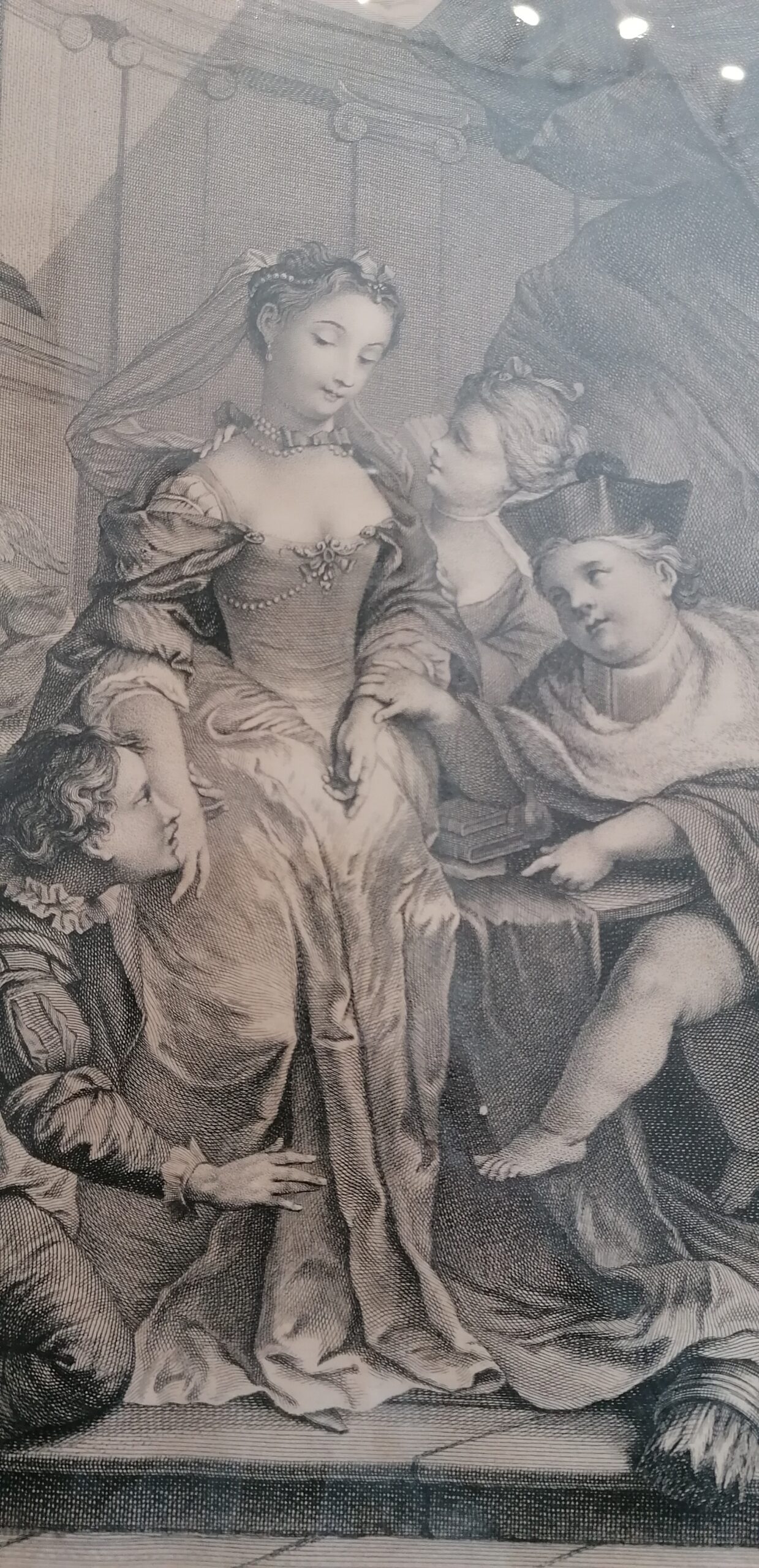
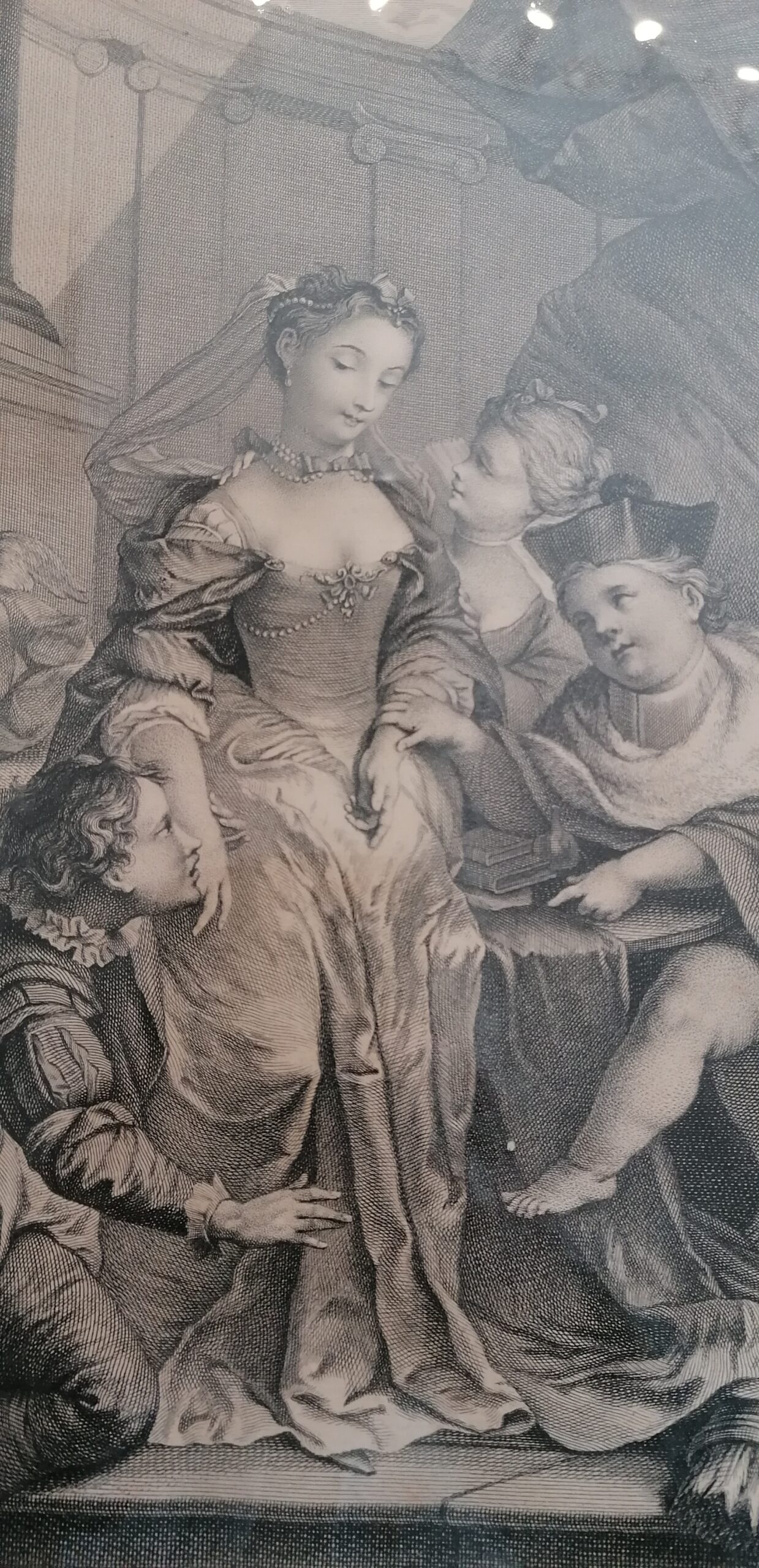

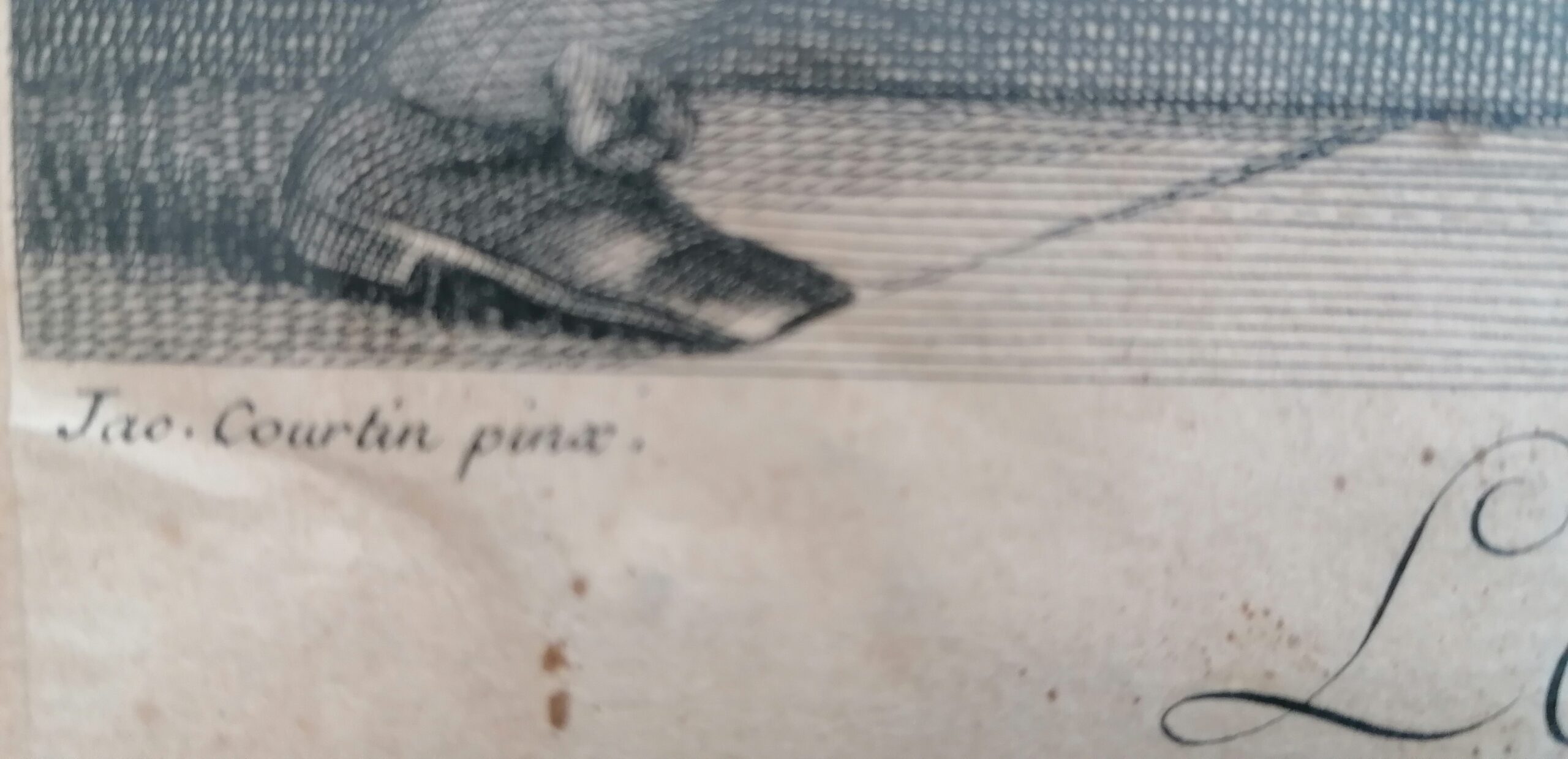


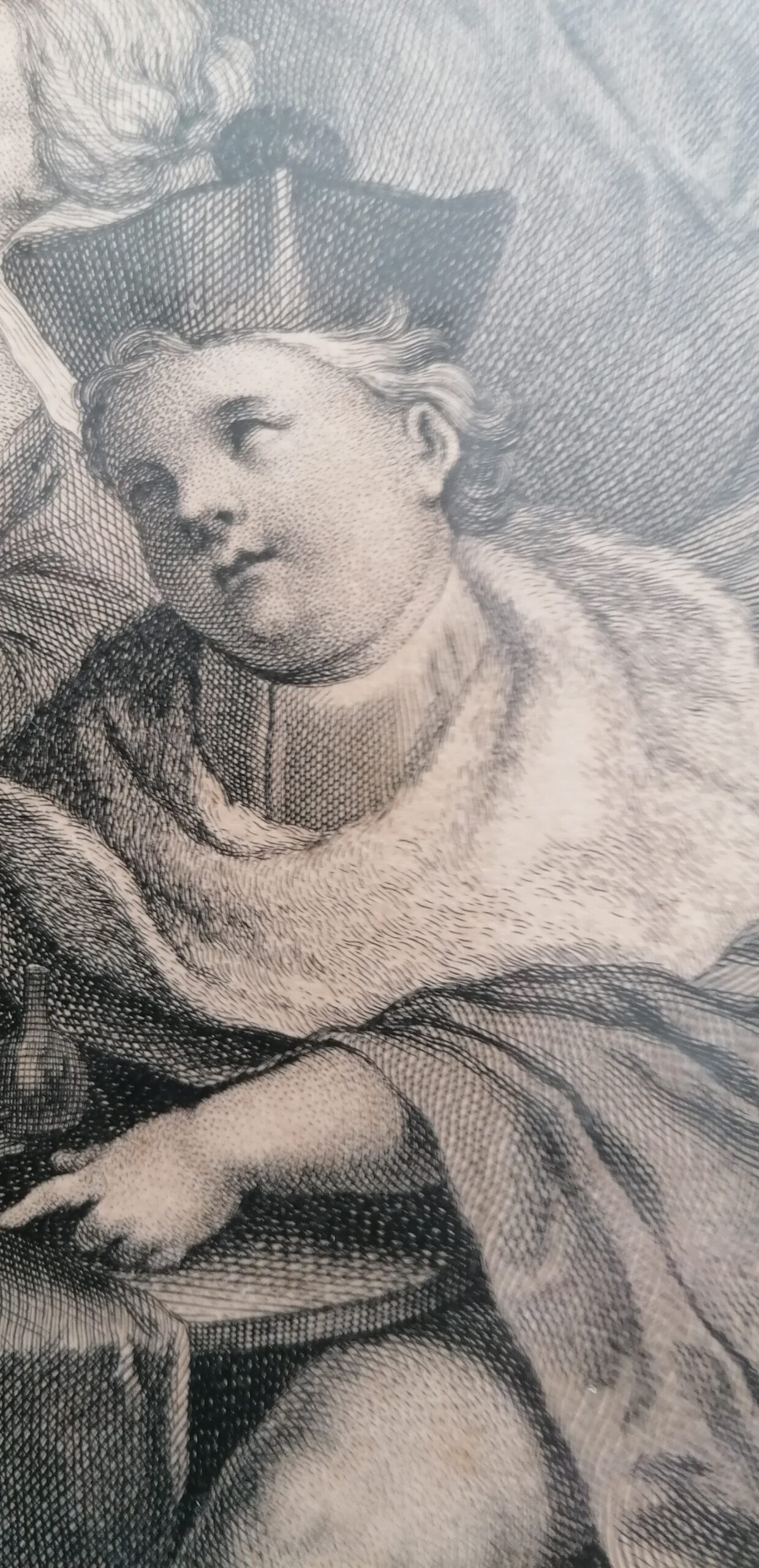

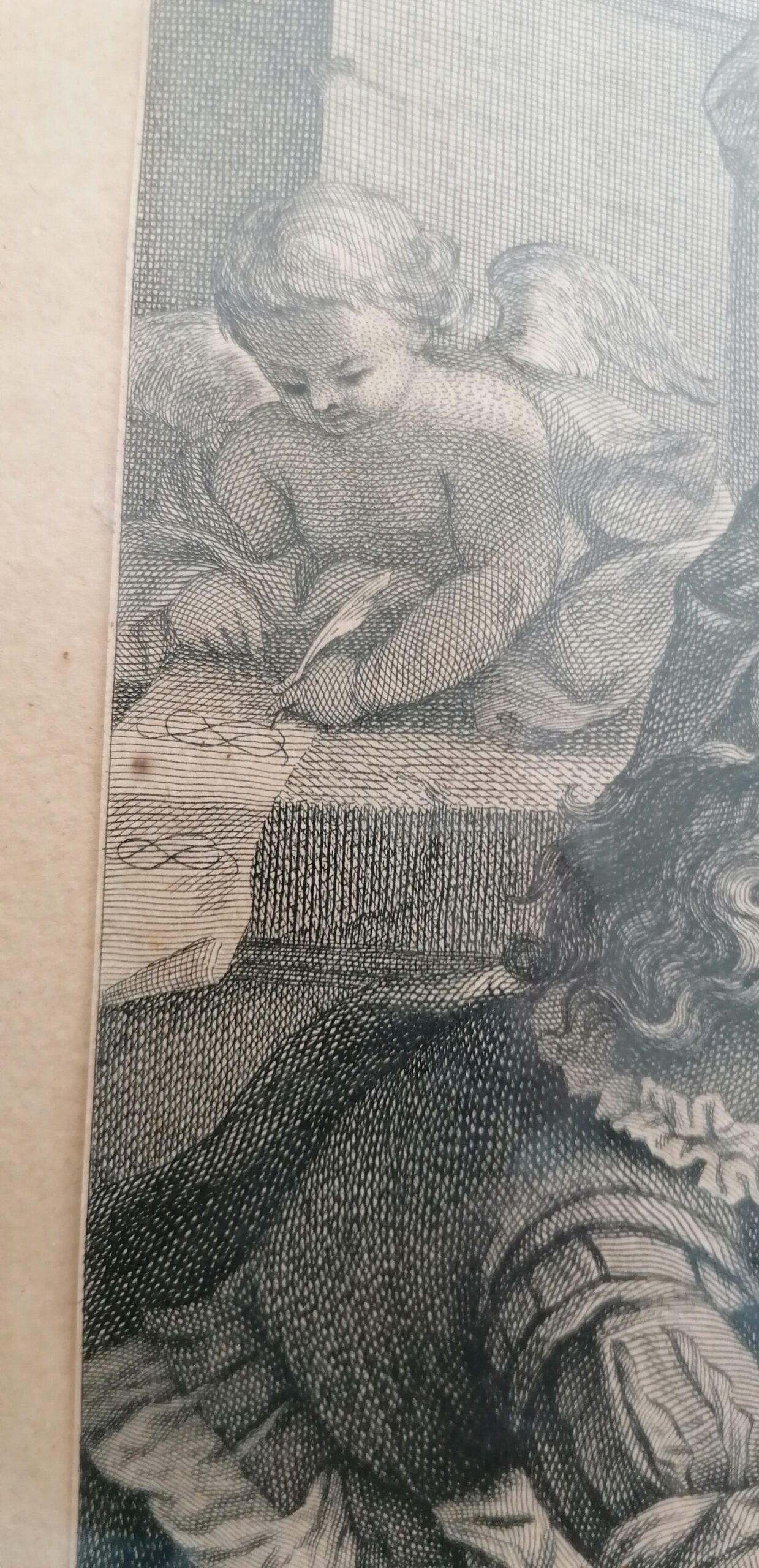
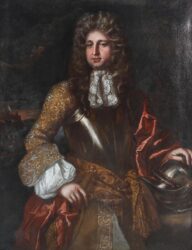
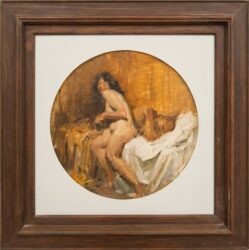
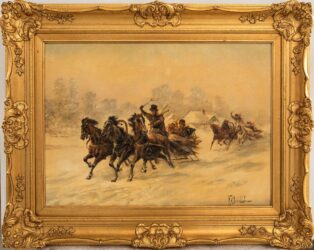





 Users Today : 231
Users Today : 231 Who's Online : 10
Who's Online : 10